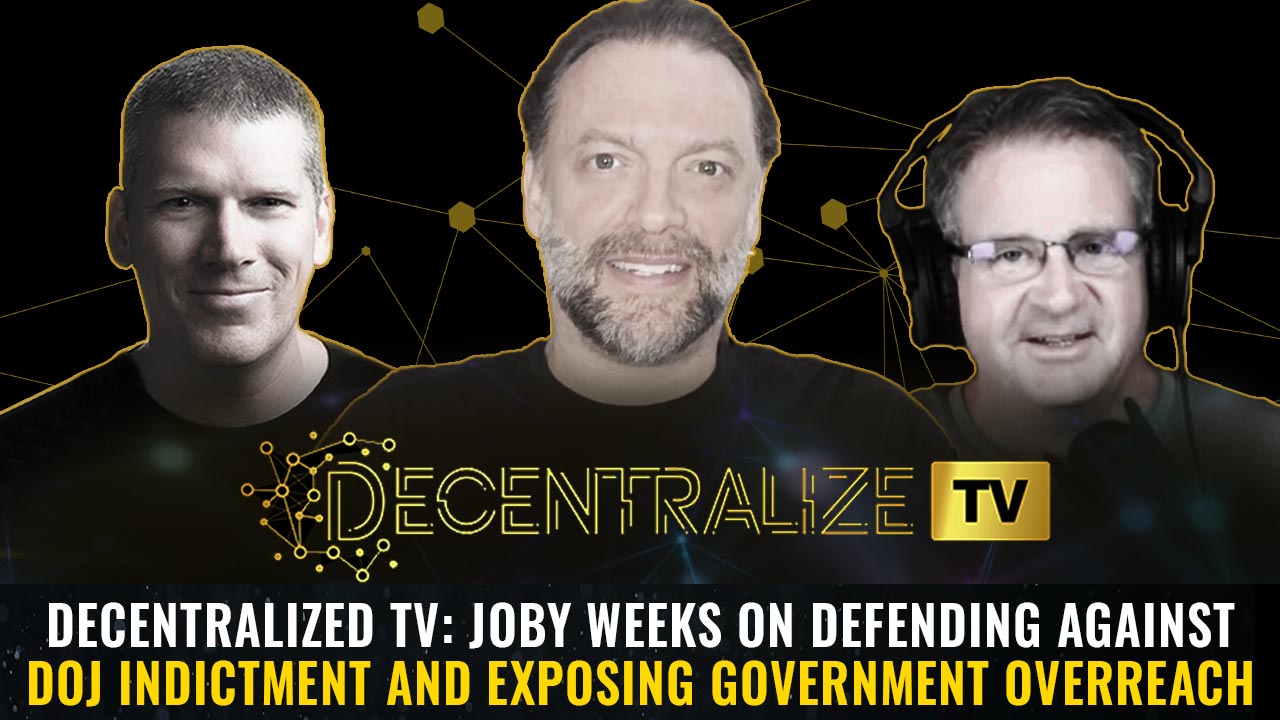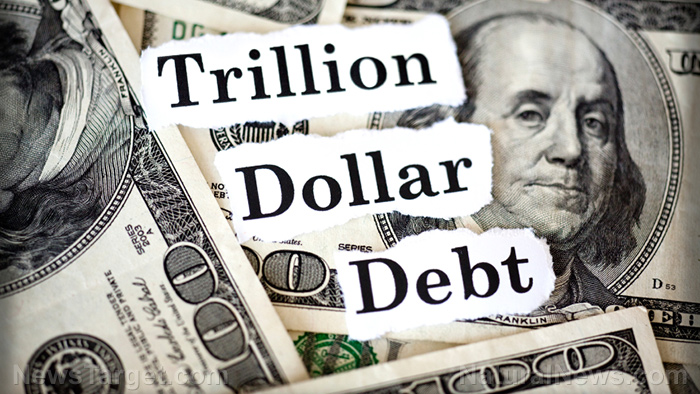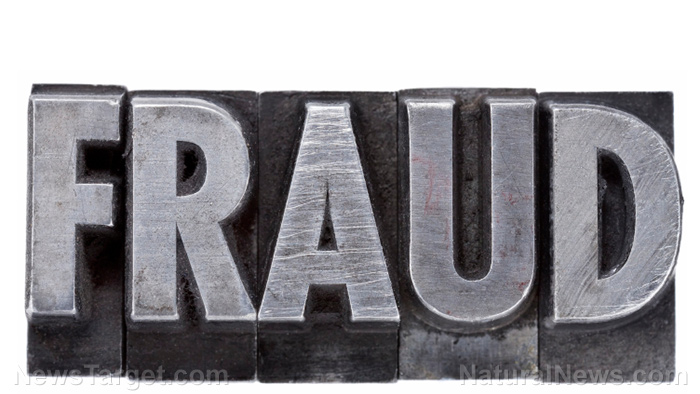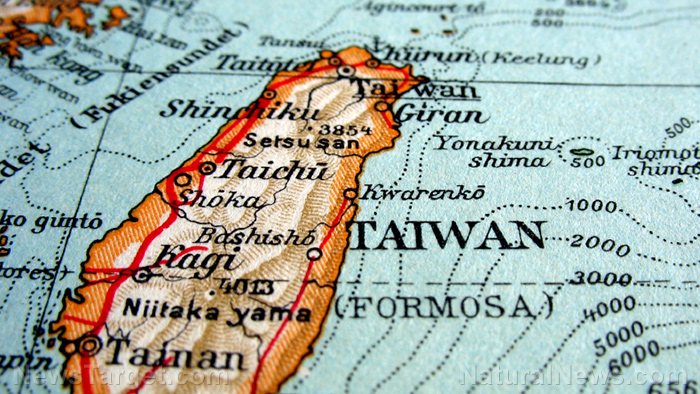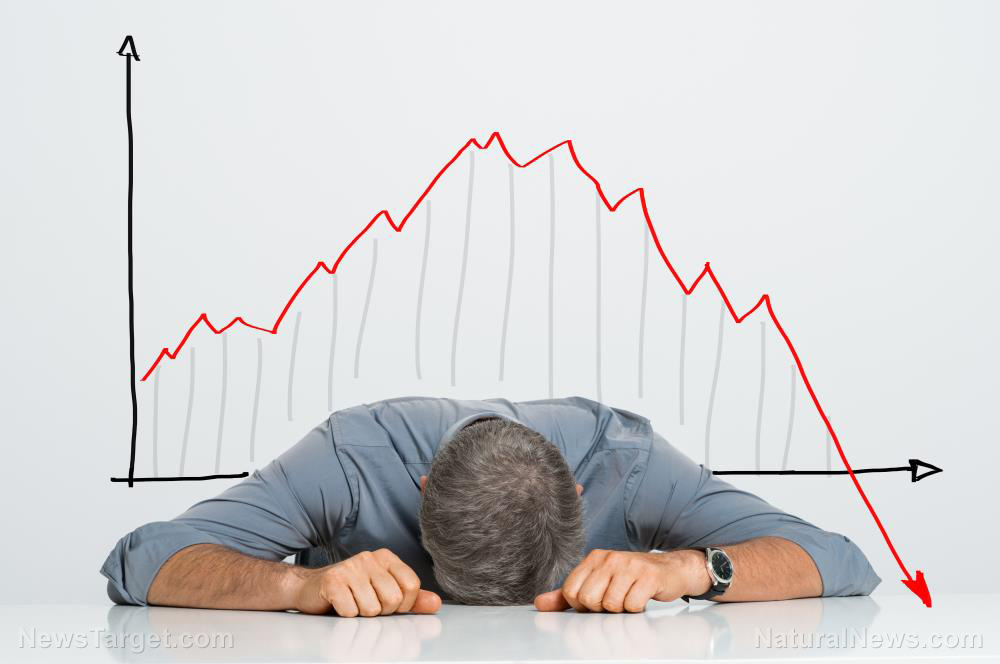
- Producer prices surged 0.9% month-over-month in July, the largest rise since June 2022, and 3.3% annually, marking a 3-year peak.
- Services prices drove three-quarters of the jump, attributed to trade margins, hospitality and financial services.
- Supply chain strains and tariffs fueled inflation, with energy prices rebounding after June’s decline.
- BLS data cuts cast doubt on reliability as 350 indexes were axed due to funding shortages.
- Fed faces dilemma as concerns grow over whether September rate cuts are premature.
Services lead the charge, trade pressures loom
The surge was largely driven by services, which rose 1.1% in July—the fastest pace since March 2022—accounting for nearly 75% of the month’s inflation gains. Rising margins for wholesalers and retailers, particularly in machinery and equipment sales, drove half of the services increase. Portfolio management fees soared 5.8%, while hotel and airline prices also spiked, reflecting broader demand for travel and financial services. “Businesses are feeling the squeeze from trade policies,” said economist Michael Hanson of J.P. Morgan. “Higher tariffs are now translating into prices for consumers, especially in sectors like healthcare and transportation, as companies pass along rising costs.” Energy prices rebounded sharply, climbing 0.9% monthly after a June decline. Vegetable prices—an unusual driver—surged 38.9%, reflecting supply problems worsened by labor shortages amid immigration crackdowns. Meat and egg prices also increased, adding pressure on grocery shelves. However, the gains were offset by a 1.8% drop in gasoline prices, a temporary reprieve as crude oil volatility persists. Analysts noted lingering uncertainty over OPEC+ production cuts and U.S.-China trade tensions.BLS cuts spark concerns over data accuracy
The July report unveiled a worrying footnote: the BLS had shelved 350 key inflation indexes due to years of chronic underfunding. The decision to eliminate components of the PPI and CPI databases, including data on intermediate goods and commodity prices, has raised alarms about the erosion of U.S. economic data quality. “The loss of tracking capability means the Fed is flying blind on core drivers of costs,” said Boston College economist Brian Bethune. The BLS’ acting commissioner, who has faced scrutiny over technical expertise, now must navigate criticism as policymakers rely on less precise data to set rates. Meanwhile, the BLS confirmed that 1.95 million Americans remain on extended unemployment benefits, a figure largely unchanged from the prior month, suggesting labor markets remain resilient despite slowing hiring.Fed faces crucial Jackson Hole tipping point
Financial markets reacted swiftly, with stocks and bonds falling as swaps traders pared bets on a September rate cut to 73% from 95% ahead of the report. The data complicates the Fed’s calculus as it weighs inflation risks against potential economic drag from high borrowing costs. “If this inflation momentum isn’t an anomaly, the Fed’s September meeting becomes a lot harder,” said Santander economist Stephen Stanley. President Trump’s recent nomination of E.J. Antoni, a vocal BLS critic, to lead the agency has further clouded the data’s credibility. Opponents argue Antoni’s ideological stance could skew inflation reporting, a charge he has repeatedly denied.PPI surge unsettles markets, sets stage for Fed policy crossroads
As July’s PPI data underscores, inflation is no longer solely a consumer problem—businesses are now increasingly passing costs to households. With tariffs stoking import prices and supply chains fraying, analysts warn the Fed risks missteps if it relaxes policy prematurely. “The Fed can’t afford to be too hasty with cuts,” said High Frequency Economics’ Weinberg. “This report should give them pause whether falling unemployment justifies more patience.” For consumers, the implications are clear: cheaper gas and moderate CPI gains may soon be overshadowed by rising service costs—from healthcare to car rentals—as companies recoup expenses from the latest round of tariff hikes. Sources for this article include: ZeroHedge.com Reuters.com Finance.Yahoo.comNVIDIA unveils ‘T5-1000’ AI chip – Skynet-level robotics now a reality?
By Finn Heartley // Share
Crypto innovator Joby Weeks cites political persecution in DOJ case
By Finn Heartley // Share
HHS warns West Virginia: $1.37 billion at risk over vaccine religious exemptions
By Cassie B. // Share
CBO estimates Trump tariffs could cut U.S. deficit by $4 trillion over a decade
By Willow Tohi // Share
German economy in turmoil as bankruptcies and unemployment hit 10-year highs
By Laura Harris // Share
Health Ranger Report: Jeremy Cordon on how Goldbacks revolutionize the concept of money
By Kevin Hughes // Share
A viral video ignites federal firestorm over Minnesota fraud
By willowt // Share
Russia activates "unstoppable" Poseidon tsunami drone
By kevinhughes // Share
Russian FM Lavrov: Moscow will back China on Taiwan issue
By ramontomeydw // Share
The breakfast clock: Why timing your morning meal is a secret weapon against high cholesterol
By jacobthomas // Share
The Health Ranger's New Year Revolution: The ultimate guide to health, wealth and freedom
By kevinhughes // Share
"Absolute Healing" on BrightU: Experts explore COVID-19 as an engineered bioweapon
By jacobthomas // Share

